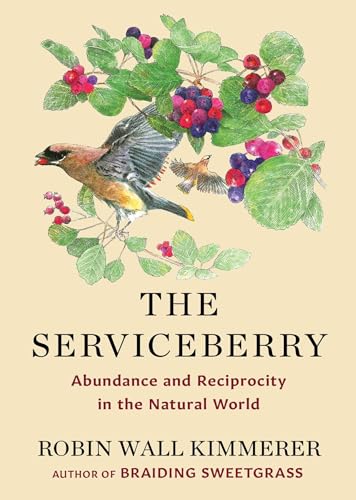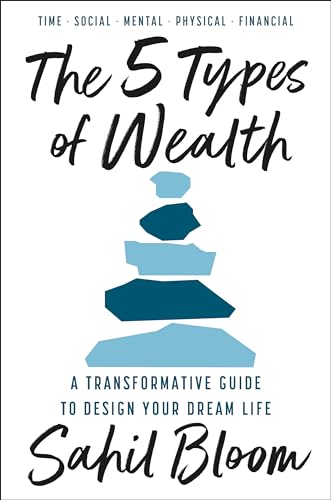Review of THE SERVICEBERRY
by Johny McFliggen, PhD Literature & Business, Oxford
In "THE SERVICEBERRY: An Economy of Abundance," Robin Wall Kimmerer invites us into a world where abundance, not scarcity, reigns supreme—a notion as foreign to modern capitalism as a cat is to water. Here, the serviceberry becomes both muse and metaphor, thriving in diverse environments and challenging the tired paradigms of traditional economics. Kimmerer, with her dual heritage as a scientist and an indigenous scholar, gracefully dismantles the myth that competition and scarcity are the sole drivers of prosperity. Instead, she champions a vision of reciprocity and mutual benefit, weaving her narrative with the sort of elegance that might make even Aldo Leopold tip his hat.
Kimmerer's work recalls the philosophical depth of Rachel Carson's "Silent Spring," yet it is her indigenous perspective that truly sets her apart in the pantheon of environmental literature. Her essay is less a sermon and more a gentle beckoning to reconnect with the natural world, to see ourselves not as conquerors but as caretakers. She implores us to recognize that the interconnectedness of all living beings is not just a quaint notion but rather an ecological imperative.
While "THE SERVICEBERRY" might lack the length of "Braiding Sweetgrass," it is no less impactful. Kimmerer writes with a lyrical prose that is both accessible and profound—a rare feat in a genre often plagued by jargon and pedantry. Her words are a clarion call to embrace an economy of abundance, a world where resources are shared rather than hoarded, where generosity replaces greed.
One might be tempted to dismiss her ideas as utopian fantasy, yet Kimmerer's arguments are grounded in rigorous science and deep cultural wisdom. Her essay is not merely a critique of our current economic system but an invitation to imagine something greater. In this way, it echoes the ethos of Leopold's "A Sand County Almanac," urging us to consider the moral dimensions of our environmental decisions.
The serviceberry itself becomes a symbol of resilience and adaptability, thriving in conditions where others might falter. It is a fitting emblem for Kimmerer's vision—a reminder that abundance is not a matter of resources but of perspective. As we stand at the precipice of ecological crisis, "THE SERVICEBERRY" offers a beacon of hope, illuminating a path toward a more sustainable future.
For those weary of the doomsday rhetoric surrounding environmental discourse, Kimmerer's essay is a refreshing antidote. It is both a celebration of nature's generosity and a plea for us to reciprocate in kind. Her call for an economy based on abundance rather than scarcity challenges us to rethink our relationship with the natural world. It is an invitation few can afford to ignore, lest we find ourselves like Gatsby, reaching out for the green light yet never quite grasping it.
In sum, "THE SERVICEBERRY" is a masterful blend of science and spirit—a testament to Kimmerer's ability to distill complex ecological concepts into something deeply human. It deserves a place on the shelves not only of environmentalists but anyone who dares to dream of a world defined by abundance and reciprocity.
Purchase Link: THE SERVICEBERRY on Amazon


